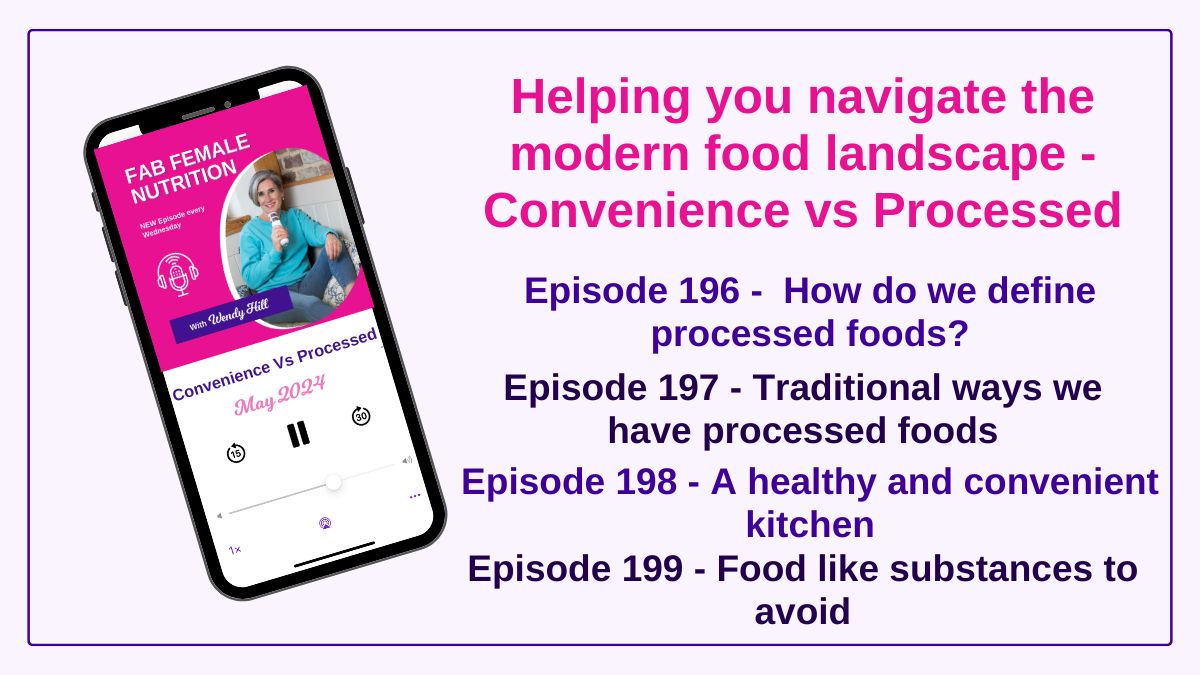Helping you understand the difference between processed foods, and convenience foods and how we have traditionally preserved foods for longevity. Has modern food processing gone a step too far, and how ultra-processed foods have become a part of the modern diet?
In this next series of podcasts, I will be discussing the different ways we can classify food relative to the level of processing. And sharing how I use healthy convenience foods to make cooking quicker and easier in my kitchen.
Are you eating processed or convenience foods:
- Defining processed and convenience foods
- How processing food is part of our food heritage
- What foods are in my kitchen
- Why some foods should be labelled food-like-substances
1. How do we define processed foods?
Have you ever heard the term “ultra-processed food” (UPF) in the news and wondered what it actually means? Or perhaps you’ve glanced at the ingredients list of your favourite food and felt perplexed by the array of unfamiliar substances listed. It’s not just you – food has undergone a profound transformation in the last half-century, to the point where even our great-grandparents would be baffled by what’s on the shelves in modern supermarkets. This is down to the rapid evolution of food manufacturing and supply, meaning most foods on the shelves are not food at all, but group of ingredients and chemicals processed to look and taste like food.
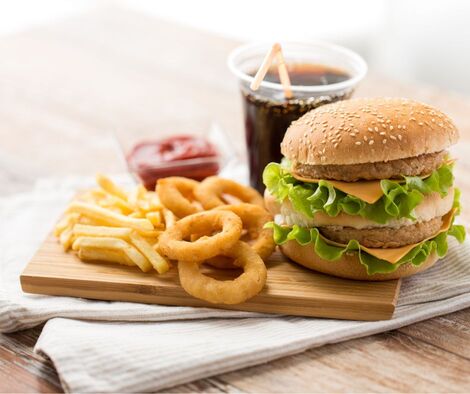
Food has become so far removed from its original state that there are now classifications to help us understand what is food, and what isn’t food.
NOVA food classification
The NOVA food classification was first proposed by researchers at the University of Sao Paulo in 2009. It is a framework to group edible substances based on the extent of the processing that has been applied to them. There are four levels of classification
- Unprocessed and minimally processed foods – these are natural or raw ingredients and would include milk, plants, seeds, vegetables and fruit.
- Processed culinary ingredients – foods that have been dried, cooked or slightly altered. Such as herbs and spices, olive oil, frozen fruit and vegetables. Their chemical state has not been altered just their physical state.
- Processed foods – combining two or more foods from groups 1 & 2 and then adding a processing method such as baking, fermenting or packaging.
- Ultra-processed foods – foods that are industrially produced and contain chemicals such as thickeners, artificial sweeteners and emulsifiers. These include protein bars, packaged cakes and pastries, savoury snacks and many ready meals.
Foods from groups 1-3 should form the predominant part of your diet. I find the easiest way to avoid UPF foods is to think ‘would I be able to cook this with the ingredients listed’ this doesn’t mean you have to cook it, just that it has the same ingredients as you would use. In the modern world we are all busy and it’s okay to have a wide range of healthy convenient foods in your cupboards to help you create quick and easy meals. But what we want to avoid is non-food substances as they have no nutritional value and could actually be harmful.
To listen to this podcast episode 196 released on 8th May click the link below
2. Traditional ways we have processed foods
Throughout history, people have used various methods to process the foods that they have farmed or hunted. It might have been cooking to make it more palatable, or drying, curing, preserving or fermenting to improve longevity. Many of the traditional methods are even beneficial to our health.
Gut healthy processing
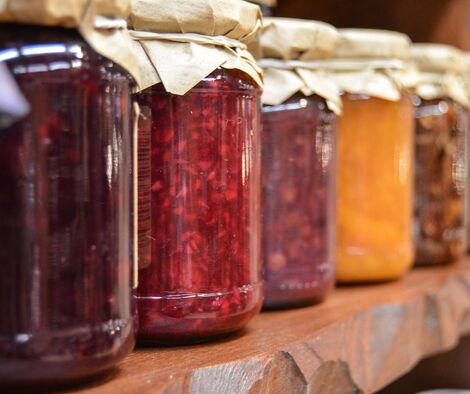
Our gut microbiome has a complex and wide range of different bacteria, each has a different role and has an impact on many things including our immune system, our mental health and our energy. We know that a wide and diverse microbiome is beneficial to our health and wellbeing. Many traditional forms of food preservation include fermentation that encourages gut healthy bacteria to form – and these have a beneficial impact on our health:
- Yoghurt and cheese – allowed us to eat milk for longer periods
- Fermenting – such as sauerkraut or kimchi to preserve vegetables
The process of drying foods means that mould, yeast and bacteria (the non-gut-healthy kind) cannot form and so improves longevity. It also reduces the bulk of the food, making it easier to transport. Then you simply add water to rehydrate and enjoy.
As we adapted and became less nomadic, we learned to preserve foods by cooking and jarring them. Such as jams, chutneys, olives, small fish and beans. Again, this was a perfect way to preserve food that was in abundance at certain times of the year. By processing the food, we were able to stop it going bad and enjoy it for longer. The most common additives would have been salt, sugar, vinegar, or spices, and this was a craft that was passed down from generation to generation, as a way to avoid starvation.
The modern kitchen should contain fermented, jars (or cans) and dried foods that have been minimally processed in a way that preserves as many of the nutrients without adding additional and unnecessary ingredients. You may even enjoy trying some of the traditional methods of preservation yourself.
To listen to this podcast episode 197 released on 15th May click the link below
3. A healthy and convenient kitchen
Not everyone has time to cook from scratch every day, and by including healthy, convenient foods in your kitchen you can create quick and nutritious meals in no time. We’ve mentioned traditional methods of preserving food and with the industrial revolution we also now can refrigerate or freeze foods to increase their longevity.
My favourite ways of preserving foods
I enjoy cooking and experimenting and so have made my own sauerkraut and fermented vegetables. If you like to spend time in the kitchen then I encourage you to try this, I have a recipe in my Fab Female Members Hub for simple sauerkraut. I have also made my own yoghurt and buttermilk. If that sounds like far too much hassle then don’t even try, just buy some from the shops, and use my tips to create a quick and convenient meal.
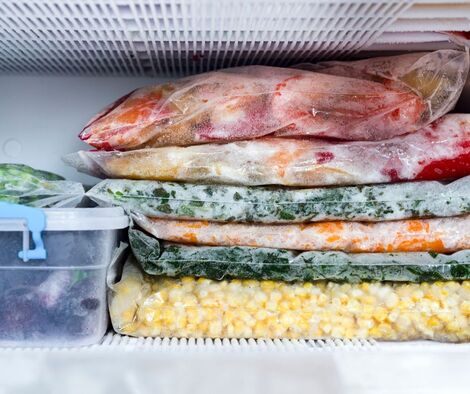
One of the best ways to preserve foods is to freeze it. I am a huge fan of batch cooking and freezing meals so that I always have something available to me if either I am too tired to cook, or just can’t be bothered (yes I am human too) and, if frozen correctly, food will last for several months in the freezer. The key is to freeze as soon as you can, and to make sure that you have as little air in the container as possible. And my other top tip is to make sure you label clearly, I have been caught out far to many times!
What’s is in my cupboards
If you stock your kitchen well you will always have the ingredients you need to make a quick and healthy meal. Using convenience foods wisely will eliminate the need to rely on processed foods.
Here are some tips for what I keep:
- Curry Pastes – whatever your taste is there will be a paste out there. Generally they are healthier than the jars of sauce.
- Coconut Milk – combined with the above curry paste, add some frozen veg and prawns or a tin of chickpeas and you have a quick curry.
- Frozen Vegetables – these are frozen close to picking and so maintain most of the nutrients. You can also buy prechopped onion, peppers and garlic for really lazy days!
- Frozen Fruit – particularly useful for winter months when they are not seasonal, they go a bit mushy when defrosted but taste fine.
- Tins/Jars chickpeas and beans – who has time to soak and boil their own? I always have several different varieties.
- Jars of Passata – better than tinned tomatoes if you want a proper tomato based sauce
- Tinned tomatoes – the start of many meals in my house
- Pouches of rice/quinoa – these are already cooked so you can just heat them up to serve (or eat them cold if you are me!)
- Jars of fermented vegetables – these add a spoonful of gut goodness to any meal. I love to buy different varieties from the farm shops and markets.
- Olive oil – for cooking and for dressings
- Vinegar – for dressings. Apple cider vinegar is great for gut health, balsamic is sweeter and milder tasting.
- Frozen prawns – can be cooked from frozen.
I also have things like dried pasta, noodles, rice, stock cubes, herbs and spices, nuts and seeds in the kitchen. Plus I freeze my own meat and fish from fresh (I’m not a fan of the pre frozen as the quality doesn’t seem as good).
This might seem like a long list, but I’m guessing that you will have many of them already in your cupboards, and if there are any that you are missing then you can easily add them to your next few shops until you have a store kitchen that is as well stocked as mine. Once your kitchen is stocked then you will be amazed how quickly you can create a meal. I can cook a prawn curry faster than we can get a delivery.
To listen to this podcast episode released on 3rd January click the link below
4. Food like substances to avoid
Ultra-processed foods (UPF’s) or food-like substances are becoming a much larger part of our diet than ever before. It is now believed that over 60% of the average UK adult’s diet is made up of UPF’s and it’s even higher for children. The companies creating these ‘foods’ are huge corporations and they have done an amazing job at marketing so that we don’t even realise any more what is real food and what is UPF
How to spot an Ultra-Processed food
Most of us (including me) don’t have time to cook every meal from scratch, and so rely on some level of processing to make our lives easier. The trick is to be able to spot the difference between them.
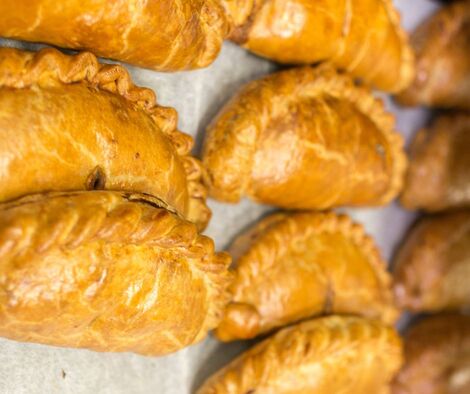
Chris Van Tulleken has written a fabulous book Ultra Processed People, which brilliantly breaks down the perils of eating processed foods and helps us understand how to spot them and why we need to avoid them. I recommend it to everyone! And in it, he says “if something is wrapped in plastic and contains an ingredient that you don’t typically find in a domestic kitchen, then it’s almost certainly an ultra-processed food”. I would also add that if there is a huge list of ingredients, don’t bother reading them, just put the box back.
Another great book about how modern food has been bred without much thought to flavour or nutrition is The Dorito Effect by Mark Schatzker. Its pretty damning and quite scary, but I really think it’s important to be informed about the food that we are consuming.
The other foods that are harmful to our health, and classed as a UPF is deep fried and foods wrapped in pastry. I do not mean your grannies lovely meat and potato pie which probably had no more than seven ingredients, but if you compare that to a steak bake from the high street with over 30 ingredients and you start to understand why they should be classified as food-like substances.
To listen to this podcast episode released on 3rd January click the link below
Did you enjoy the topic of these episodes, have you got any feedback or questions? Please reach out to me via my social media channels, I’d love to hear from you. And don’t forget to subscribe to the podcast so that you don’t miss an episode.
My links
A note about our sponsor
Revive Active, Ireland’s leading Super Supplement Brand, we are proud to have them as sponsors of this podcast as their formulas stand out as a powerhouse of premium ingredients, working together in perfect harmony to bring you optimum benefits.
Revive Active is committed to selecting components that not only enhance your vitality but also cater to your specific needs. Every ingredient is carefully chosen for its efficacy and is supported by rigorous scientific research. Revive Active believes in transparency. What you see on the label is what you get – no hidden ingredients or undisclosed fillers, binders, caffeine, or stimulants. Convenience meets effectiveness in every sachet, from radiant skin to boosted energy levels, each formula is designed to enhance your overall well-being.
My favourites from their range
REVIVE ACTIVE is a powerhouse of 26 active ingredients—your essential replenishment for what life takes out with the support of HERO ingredients like CoQ10 for cellular energy, Citrulline DL Malate to fight fatigue and support heart health, and L-Arginine for active blood flow.
Meet MASTERMIND, your brain’s secret weapon! This specially formulated supplement supports brain function with a potent mix of 7 vitamins, 1 mineral, Omega 3 DHA, Uridine, and Choline—all in one handy sachet. Enhance mental focus, and beat that mid afternoon slump without interfering with your sleep, this is your maximum productivity and focus tool. Plus, it’s Vegetarian, Gluten-Free, and Halal Certified.
BEAUTY COMPLEX, one of the award-winning super supplements, boasts 8 potent ingredients in one easy, convenient sachet. Featuring Type 1 Marine Collagen, Hyaluronic Acid, Phytoceramides and Biotin, the synergy of these HERO ingredients goes beyond aesthetics, aiming to reduce visible signs of aging and enhance your overall look and feel. Beauty, indeed, starts from within.
Embrace menopause fearlessly with MENO ACTIVE—a product backed by over two years of dedicated research. This unique blend of 31 active ingredients, including 12 vitamins, 7 minerals, 4 plant extracts, Omega 3 DHA and more, is designed to support you during this transformative journey of change. With a daily sachet and capsule, it’s a powerful combination to navigate the menopausal phase with ease. Meno Active is your empathetic companion for a smoother transition.
Join me and countless women who have made Revive Active an integral part of their daily routine, experiencing a positive impact on their health and overall well-being.
Want to know more about ways to work with me?
There are many ways that you can work with me to balance your hormones and improve your health and wellbeing.
On Facebook the Fab Female Nutrition Club is a wonderful FREE community where I offer lots of support and advice on female health and wellbeing. I also love to cook and create recipes and I’ll often be seen in the group cooking live and sharing all the wonderful health benefits of the ingredients used.
My Fab Female Nutrition Membership sits alongside the free club, but offers you lots of resources and group coaching with me. The hub has the full recipe book that is constantly being updated, the 5 elements of health containing resources and guides to help support you in your health journey. And 6 group coaching calls a year, plus access to other member benefits such as discounts from group programs.
A few times a year I work with groups of ladies to transform their health and wellbeing. Appropriately called The Transformation Program it can help with many differing issues and we have had hugely impressive results – including up to 100% reduction in symptoms. If you suffer with IBS, fatigue, inflammation, hormonal imbalances or just want to spend some time concentrating on your health and wellbeing they are fabulous value and great fun.
If you feel like you need a more bespoke option, then my 1:1 coaching and testing is for you. We will concentrate on your specific needs creating nutritional protocols that support your health goals. We take a full health history, then tailor testing to help create and refine protocols so that you learn about your body and how to support it. I will be with you every step of the way to guide you and ensure that you realise your true health potential. Find out more here.
